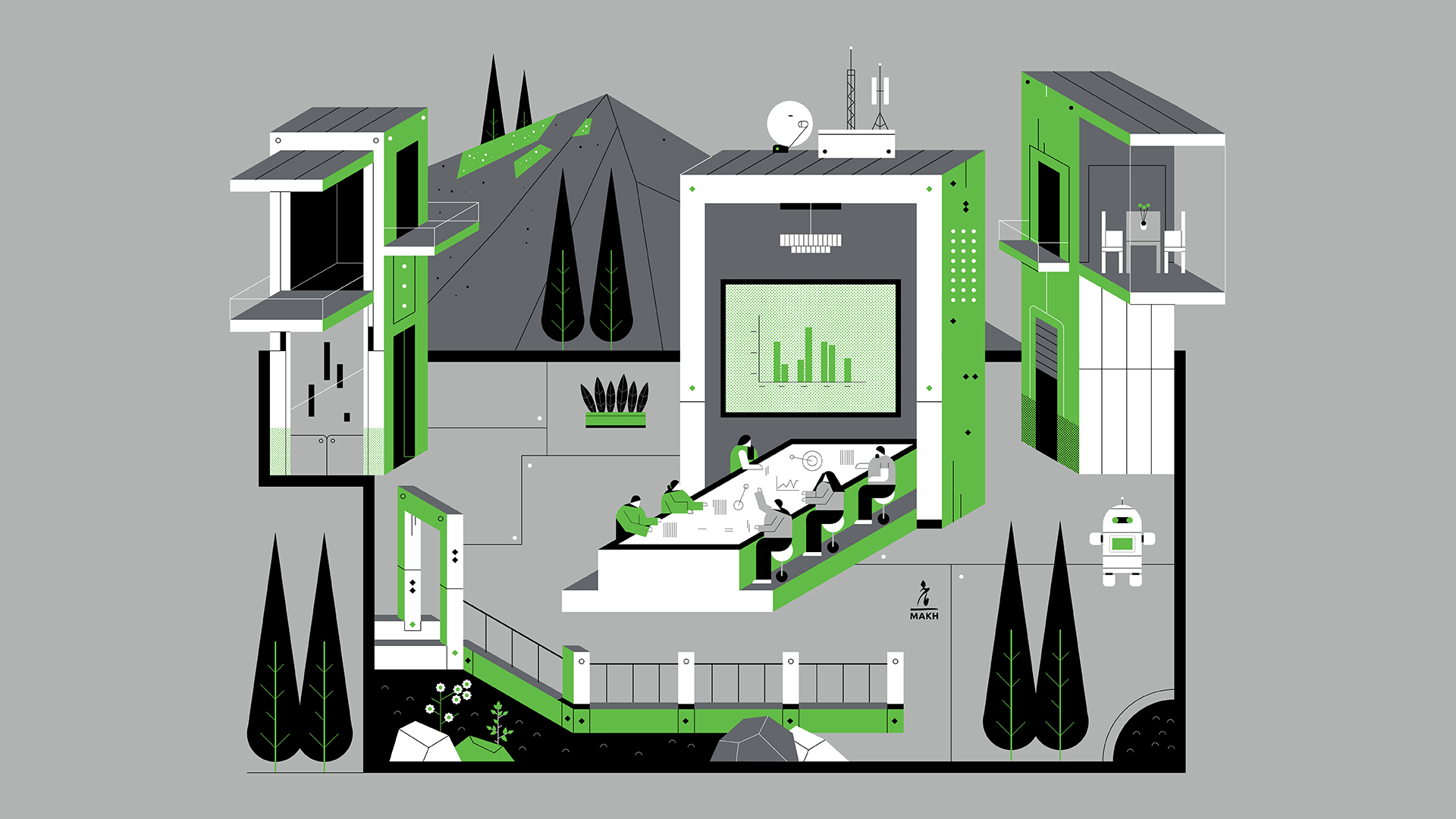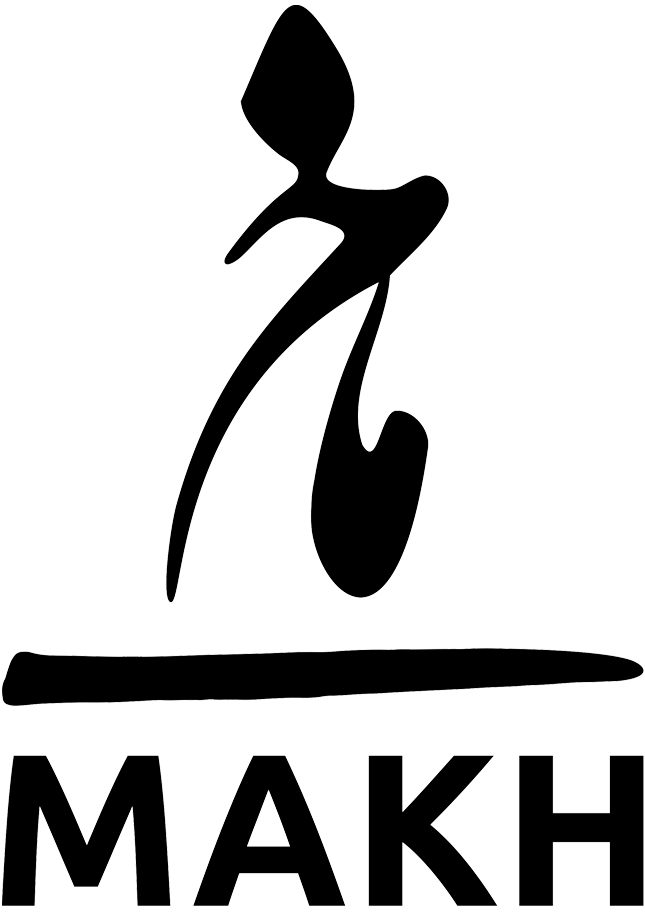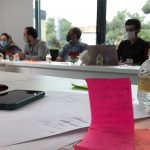

“The first step toward a great answer is to reframe the question,” says Tom Kelly in his book Creative Confidence. Lack of understanding of the customer needs and consequently, the wrong definition of the problem is one of the organizational weaknesses that affect the entire organization. One of the main tasks of organizations is to question the existing problem to achieve a proper definition of the problem and empathize with the target group (user and customer) in different ways. The famous phrase “Half of the answer lies in the question” also applies here. The first step to a suitable solution, an efficient idea, and a good strategy is to know the problem properly. Many organizations lose the chance to succeed by focusing on an issue that has not been properly identified in all its aspects, or by using the empathy stage outputs directly for ideation.
Before diving deeper into the Define phase of design thinking, let’s talk a little bit about identifying the customer needs and its effect on redefining the problem.
Correctly identifying the customer’s needs is a fundamental step in the Define phase
A key to achieving a good strategy in a competitive and ever-changing business world is adapting to changing market demand and the current trends. This adaptability can be achieved if the customer needs have been properly identified. Investigating customer needs results in their satisfaction and loyalty. This is a simple deal: If the organization is reckless about the customer’s needs or fails to meet them, the customer will choose another organization! Now imagine that an organization, instead of searching to identify customer needs, settles for its assumptions or launches a product or service based on the organization’s internal goals. The result is clear! A product or service that fails to meet customer needs will quickly lose its position in the market.
But because most organizations have biases about customer needs, it is not easy to grasp the right perspective. Many times, even despite studying the market, the customer needs are not properly identified; This is mostly a result of asking wrong questions in market studies. If the questions are based on the organization’s assumptions and are biased, the outcome will not be a clear overview of the problem.
How design thinking redefines the problem
Design thinking helps organizations reach a correct definition of the problem. Challenging and questioning assumptions is one of the basic principles of the design thinking process to get a broader perspective on the problem. Eliminating the assumptions helps the organization to create a clear view of customer needs. This clear view addresses the basics of the problem more than anything else, leaving aside all presuppositions that have no valid reasoning.
Consider a shoe factory that has faced many customers complaining about uncomfortable shoes. A majority of customers have reported backache and foot injuries as a result of wearing these shoes. If this company does not redefine the problem and doesn’t search for the core issue, it will probably end up redesigning the shoes.
But what if they redefine the problem and come to the conclusion that the reason why shoes are uncomfortable is inappropriate usage. If a customer wears party shoes to work, pain and injuries are not so surprising!
In such circumstances, the real issue is the inappropriate brand awareness and marketing; Not the design of the shoes. So an ideal solution could be designing a clear product ID.
This is where the importance of redefining the problem appears to us. This stage of design thinking is a convergent process that uses unprocessed empathy-stage data to get to the root of the problem.
In “Change by Design: How Design Thinking Transforms Organizations and Inspires Innovation,” Tim Brown emphasizes that asking “why?” instead of “What?” is a basic principle in design thinking.
Organizations focus on “what to offer to the market” and ignore “why” they have to offer something to the market. This is a major organizational error that leads to failure at meeting customer needs.
Asking “why” gives the organization a great opportunity to properly identify challenges, redefine constraints, and come up with innovative solutions. Instead of accepting assumptions, ask, ”Is this the main issue?”. Do people need faster cars? Or are better transportation systems their real need? Do people need TVs with more features or more high-quality TV shows?
It may seem annoying for organizations to emphasize on “why” at first. But this path ultimately causes the organization to spend energy, time, and money on properly solving a problem and addressing a real need.
There is nothing more frustrating than getting a “right answer” to a “wrong question”. Defining the problem correctly and identifying the real need is a fundamental step in developing a business strategy and coming up with good solutions and ideas.
In the Define phase, the organization often encounters an issue that the user has never mentioned before. Most of the time, what users say is just an unpleasant event and not the core reasons. The organization must find out the causes of the unpleasant events.
5 Whys: A shortcut to the real problem
Consider a mineral water factory that receives numerous reports of slippery bottles. If the factory comes up with an idea and a solution without redefining the problem, it would probably change the form of the bottle to make it easier to grab. While the reason for the bottle slipping may be something else: the bottle is wet!
If the factory solves the problem without redefining it, after spending a lot of time and money, it will realize that the proposed solution has not solved the real problem. The “5 whys” technique prevents this:
Primary problem: Our sales are down.
Why? Because customers are dissatisfied.
Why? Because the bottles slip.
Why? Because the bottle is wet.
Why? Because the bottle cap doesn’t fit.
Why? Because factory injection machines are old and have low accuracy.
To save time, many organizations use the vast data obtained from the empathy phase directly for ideation. As we saw in the example above, this huge error will mislead the organization.
Correctly defining the problem is the second step in the design thinking process. Analyzing the divergent outputs of the empathy phase and turning them into the right problem definition is a vital step for businesses to succeed and achieve a winning strategy. Many organizations think that redefining the issue is a waste of time and an unnecessary action. While the difference between top-notch organizations and failed organizations is determined by these clever actions!
By: Kosar Mghanian




